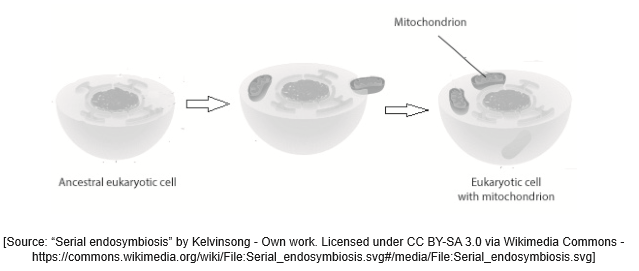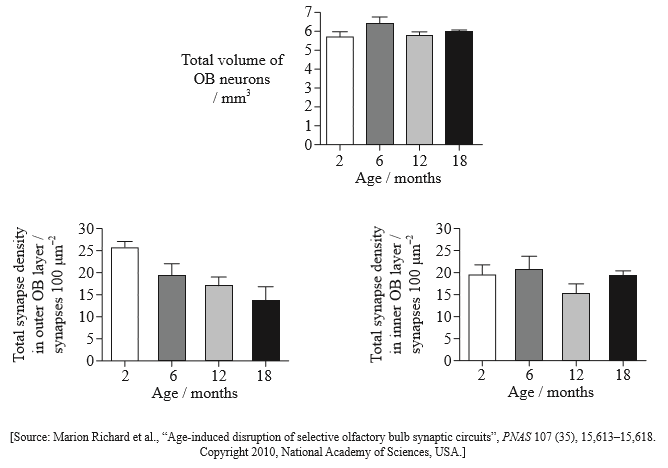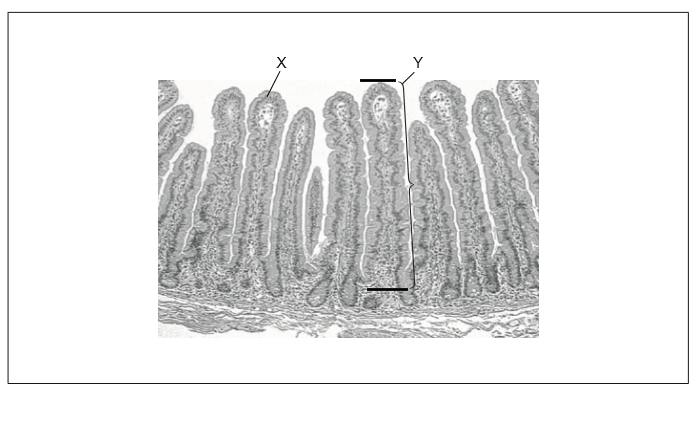IBDP Online Test Series By iitianacademy
Comprehensive Test Preparatory package targeted towards IBDP
Question
Question
Question
The diagram shows some of the later stages in the origin of eukaryotic cells according to the endosymbiotic theory.

Discuss the endosymbiotic theory including the evidence for the process shown in the diagram.
Answer/Explanation
Markscheme
a. ancestral eukaryote cell engulfs free living prokaryote;
b. free living prokaryote not digested;
c. symbiotic relationship develops between ancestral eukaryote cell and engulfed prokaryote;
d. ancestral eukaryote cell and engulfed prokaryote reproduce as a unit;
e. the engulfed prokaryote provides energy by aerobic respiration for the eukaryote;
f. prokaryote gains protection/nutrition;
g. organelles have double membranes;
h. organelles have DNA/ribosomes;
i. theory cannot be falsified/tested;
Examiners report
There was sound knowledge of endosymbiosis
Question
Question
Discuss the evidence supporting the endosymbiotic theory for the origin of eukaryotes.
Answer/Explanation
Markscheme
a. chloroplasts, mitochondria and prokaryotes are a similar size;
b. all have 70S ribosomes;
c. double membrane suggests engulfing by endocytosis;
d. all contain naked DNA;
e. all divide by binary fission;
f. chloroplasts and mitochondria cannot survive on their own;
g. theory cannot be repeated/falsified;
Examiners report
This question discriminated well with most candidates scoring some marks and the stronger candidates achieving full marks.
Question
Question
The hypothesis that aging involves loss of brain cells was investigated in mice. The olfactory bulb (OB) of the brain was studied because its layered arrangement of neurons resembles large regions of the human brain. Sensory input about smell is sent to the OB by axons of receptor cells that line the upper nasal cavity. These axons synapse with relay neurons in the OB where interpretation of smell perception begins. The bar charts show the total volume of neurons in the OB and the density of synapses (number of synapses per unit area) in two regions of a mouse’s OB.

State when the total volume of OB neurons is the greatest.
Compare the total synapse density of neurons in the outer and inner OB layers.
Evaluate, using the data in the bar charts, the hypothesis that aging involves loss of brain cells.
Suggest the implications of the data for humans.
Answer/Explanation
Markscheme
6 months
a. no clear trend in the inner layer whereas there is a decrease in the outer layer;
b. outer layer is higher (than inner layer) at 2 months and lower at 18 months;
(do not accept statements that are not comparisons)
Accept any other correct comparisons.
a. volume of neurons remains the same;
b. synapse density in the outer but not the inner layer decreases with age;
c. number of neurons may not be reduced even with fewer synapses;
a. smell perception may fall in aging humans;
b. changes in smell perception may change food eating habits/reduce quality of life;
c. ageing human brains may lose synapses but not neurons (as previously thought);
d. losing synapses in one part of the brain may be repeated in other parts of the brain;
Examiners report
Most were able to state that the total volume was greatest at 6 months.
Most were able to gain a mark for spotting that there is no clear trend in the inner layer but a decrease in the outer. Few gained the second mark. There were many correct statements, but few correct comparisons.
In c most were able to state that the volume of neurons remains the same and that the synapse density in outer but not inner decreases with age.
In d most were able to gain the mark for loss of synapses, but not neurons, but only the more astute candidates could link it back to the introduction and talk about smell perception.
Syllabus sections
Question
Question
Discuss the endosymbiotic theory for the origin of eukaryotes.
Answer/Explanation
Markscheme
(both) mitochondria and chloroplasts have evolved from independent prokaryotic cells;
endocytosis originally led to symbiotic relationship;
(mitochondria and chloroplasts) grow and divide like cells;
naked loop of DNA, like prokaryotes;
have 70S ribosomes, like prokaryotes;
have double membranes as would expect when taken in by endocytosis;
Examiners report
The general idea of the endosymbiotic theory for the origin of eukaryotes was understood by many for part (b) but few described this well; candidates were still able to gain 2 of the 3 marks.
Question
The micrograph shows a section of an organ in the human body.

should be shown.[2]

Do not accept villivillus or intestine alone.
Do not accept microvilli/brush border.
$O R$
$\frac{53}{0.8}$ or $\frac{54}{0.8}$ or $\frac{55}{0.8}$ «mm»
For the first marking point to be awarded, the measurement must be between 53 and $55 \mathrm{~mm}$.
Allow any value between 67 and 69 inclusive.
Accept decimals e.g. 68.75.
Allow ECF from first marking point.
Question
Question
Question
Question